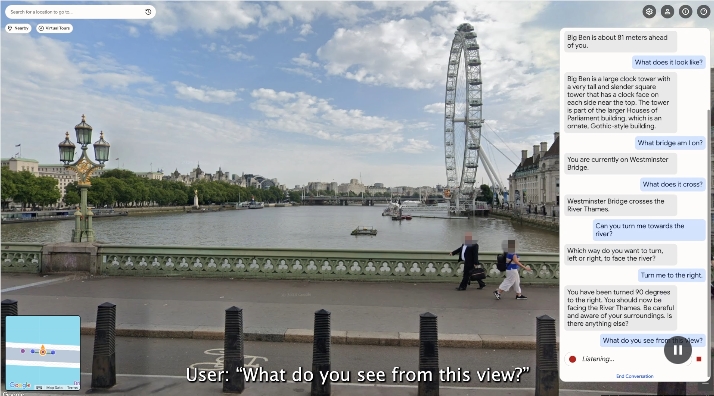The Chinese University of Hong Kong (Shenzhen) and the Shenzhen Big Data Research Institute's research team recently launched a large medical language model (LLM) named HuatuoGPT-o1. This model is specifically designed for complex reasoning in the medical field, aiming to enhance the reliability of medical diagnosis and decision-making. Unlike previous LLMs that focused on mathematical reasoning, HuatuoGPT-o1 concentrates on the unique challenges of medicine, paving a new path for the development of medical AI by simulating the rigorous thought processes of doctors in real-world scenarios.
The research team recognized that reasoning processes in medicine often lack clear steps and can be difficult to validate. To address this issue, they selected 40,000 challenging questions with unique, objectively correct answers from a medical exam question bank and transformed them into open-ended questions, creating a verifiable set of medical problems. These questions not only require the model to engage in deep reasoning but also allow for the validation of the reasoning process through the correctness of the answers.

The research team employed a two-stage training approach to enhance the model's reasoning capabilities. In the first stage, feedback from a validator (correct or incorrect) guided the model in a strategy-based search to generate complex reasoning paths. The model initially initializes a chain of thought (CoT), and if the validator deems the current CoT incorrect, the model attempts to backtrack, explore new paths, validate, or correct its approach until it finds the right answer. These successful reasoning paths were then used to fine-tune the LLM, equipping it with the ability for iterative reflection and complex reasoning. In the second stage, sparse rewards provided by the validator further enhanced the model's complex reasoning capabilities through reinforcement learning (RL) algorithms.

Experimental results indicate that this method, utilizing only 40,000 verifiable questions, improved an 8 billion parameter model's score by 8.5 points on medical benchmark tests. Additionally, a 70 billion parameter model surpassed other open-source general and medical-specific LLMs in multiple medical benchmark tests. These results confirm the effectiveness of complex reasoning in solving medical problems and the significant role of reinforcement learning in enhancing model performance.
The innovation of HuatuoGPT-o1 lies in its use of verifiable medical questions and a medical validator to enhance the LLM's medical complex reasoning capabilities for the first time. Through this approach, the model can think deeply like a doctor and perform self-checks and corrections before providing answers. This not only increases the model's potential applications in the medical field but also offers insights for improving reasoning capabilities in other professional domains.
To validate the model's reliability, researchers used GPT-4o as the validator, achieving an accuracy of 96.5% in the first stage and 94.5% in the second stage. They also confirmed that the LLM-based validator is more reliable than traditional exact matching methods. Furthermore, researchers applied this method to the Chinese medical field, achieving significant results, proving its adaptability across different fields and language environments.
In summary, the emergence of HuatuoGPT-o1 marks a significant advancement in medical AI's complex reasoning capabilities. It not only provides more reliable tools for medical diagnosis and decision-making but also offers new ideas for the future application of AI in other professional fields. Although this model is still in the research stage and cannot be directly applied in clinical settings, its immense potential has garnered widespread attention.
Paper link: https://arxiv.org/pdf/2412.18925









